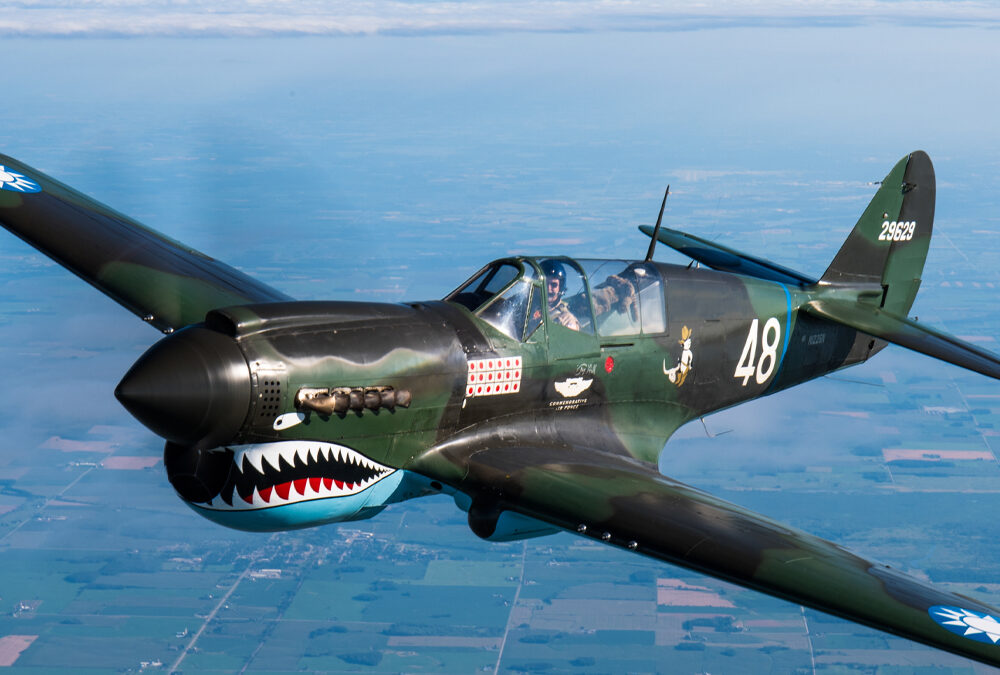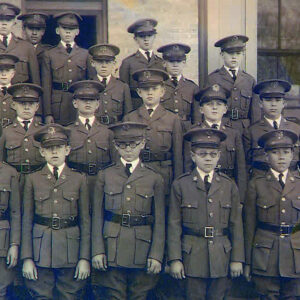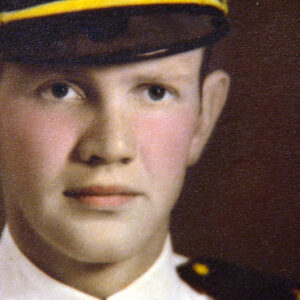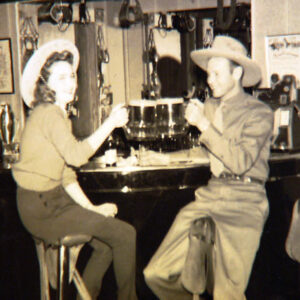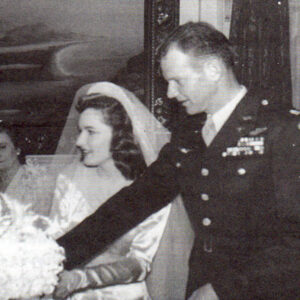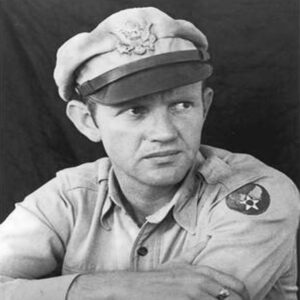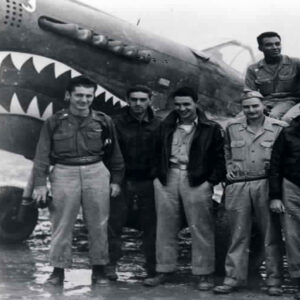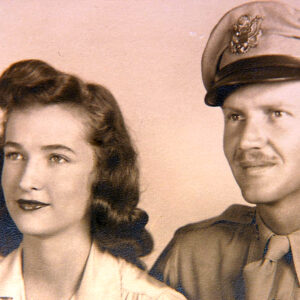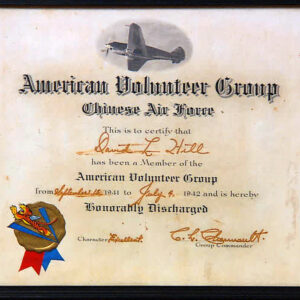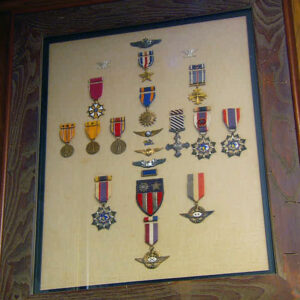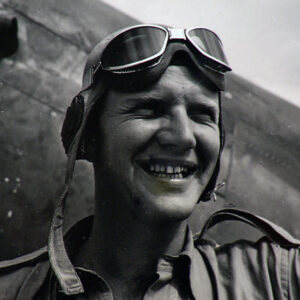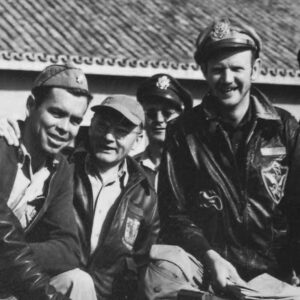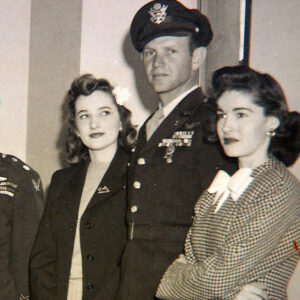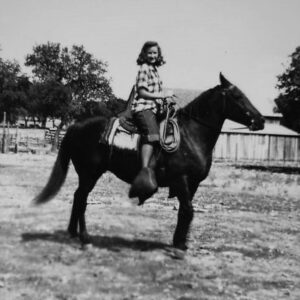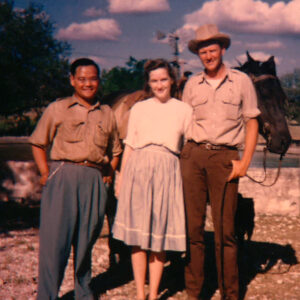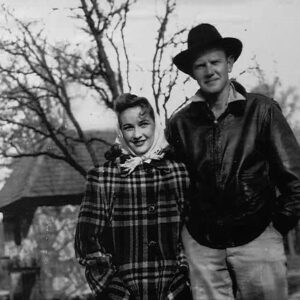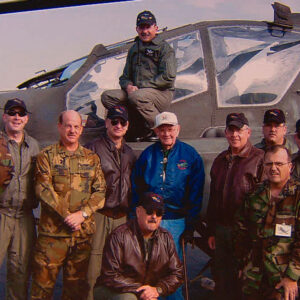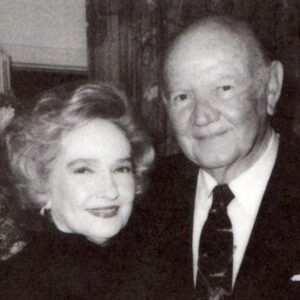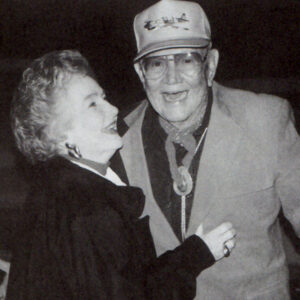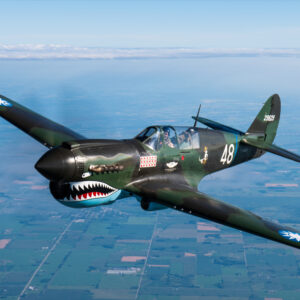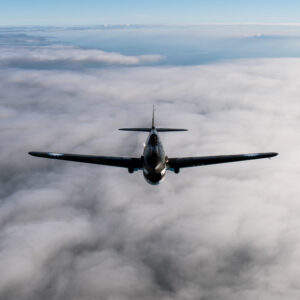With a nickname like “Tex”, it would seem obvious where David Lee Hill was born. But it was in the town of Kwangju, Korea that David Lee “Tex” Hill was born on July 13, 1915. His parents, both missionaries, returned from Korea to the United States in 1916, winding up eventually in Texas.
At 19, Hill knew he wanted a career in the military and was ready to sign up. But, Dr. Hill told his son it was time to think about a college education, saying it would be invaluable to him. He was right, as usual. Hill started at Texas A&M in chemical engineering and later enrolled in Austin College. During college, he applied for the Army Air Corps’ aviation program, but didn’t qualify: he never learned why. Undeterred, he applied for the Navy’s aviation training program. He was accepted, and after college graduation in 1938, Hill was off to Navy Flight Elimination Training in Opalocka, Florida and then on to Pensacola, Florida for flight training. He was commissioned a Naval ensign in 1939 and ordered to report to the USS Saratoga aircraft carrier at San Diego. He was assigned to a torpedo squadron. The aviators flew the massive Douglas TBD-1, which was vastly different from anything Hill had handled in flight training.
But when General Clair Chennault put out the call for volunteers to form his American Volunteer Group, the AVG, in Burma in 1941, Hill was one of the first in line. He resigned from the Navy and shipped off to China. From then until he left China three years later, Japanese pilots saw a lot more of the business end of Hill than they’d bargained for. Operating their tiger-nosed P-40 Tomahawks from grass and dirt strips, the AVG Flying Tigers, facing unbelievable hardships and swarms of Japanese aircraft, wrote an unparalleled chapter in military aviation history. Chased from one location to another by Japanese air and ground forces, Hill and the Flying Tigers took to the air again and again to devastate the Japanese air armadas. Hill and his fellow pilots got their fuel, ammunition and supplies in a haphazard manner. They performed aircraft maintenance under the trees, often on the move, and enemy attack was a constant threat. During an eight-month period, a handful of swift, heavily armed P-40’s destroyed 297 Japanese aircraft. Twelve of those fell from the sky under the guns of Hill’s Tomahawk. After America’s entry into the war and the deactivation of the Flying Tigers in the summer of 1942, Hill accepted a promotion to major in the Army Air Corps. He remained in China to activate the 75th Fighter Squadron and later to command the 23rd Fighter Group, the follow-on to his beloved Flying Tigers. The 23rd was the first fighter group to be activated in the field of battle. While on leave, Hill married Mazie Sale on March 27, 1943, the start of a 63-year relationship. Hill was assigned as Commander of the Proving Ground Group at Elgin Air Force Base. That didn’t last long as General Chennault sent orders requesting that Hill return to China in November 1943. Hill, now flying the P-51 Mustang, scratched another six aircraft from the Japanese inventory. He was the first to down a Zero aircraft with a P-51. Altogether, Hill destroyed more than 18 enemy aircraft to place him among the top American fighter aces. During the closing months of World War II, Hill commanded the 412th Fighter Group, the first jet unit in the Army Air Forces. The group flew the Bell XP-59 and later the Lockheed P-80. He returned to the states in 1944. In July 1946, Hill resigned his commission and left active duty. Shortly thereafter, he joined the Air National Guard and became the youngest brigadier general in the history of that service. He retired from the military in 1968.

